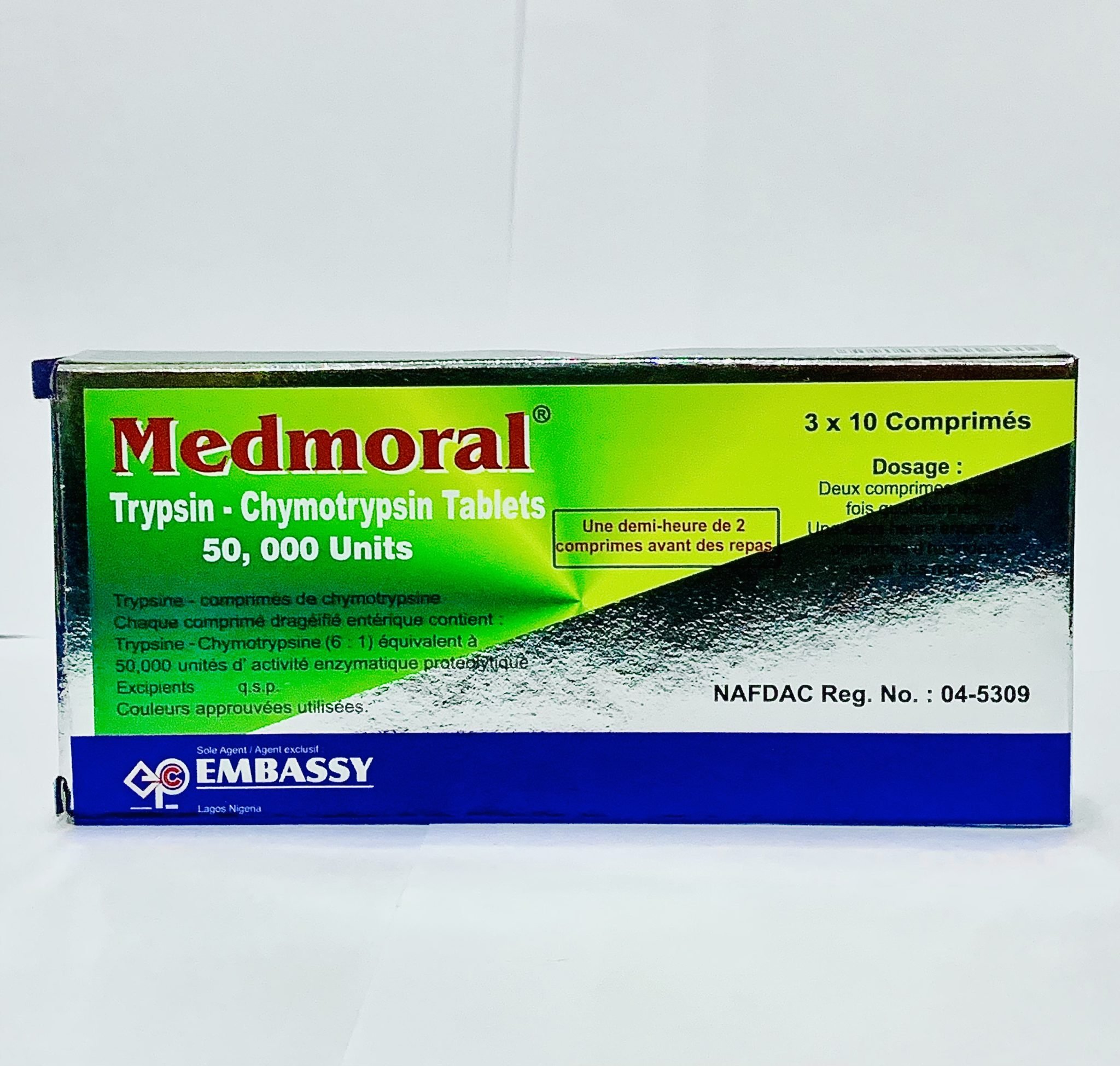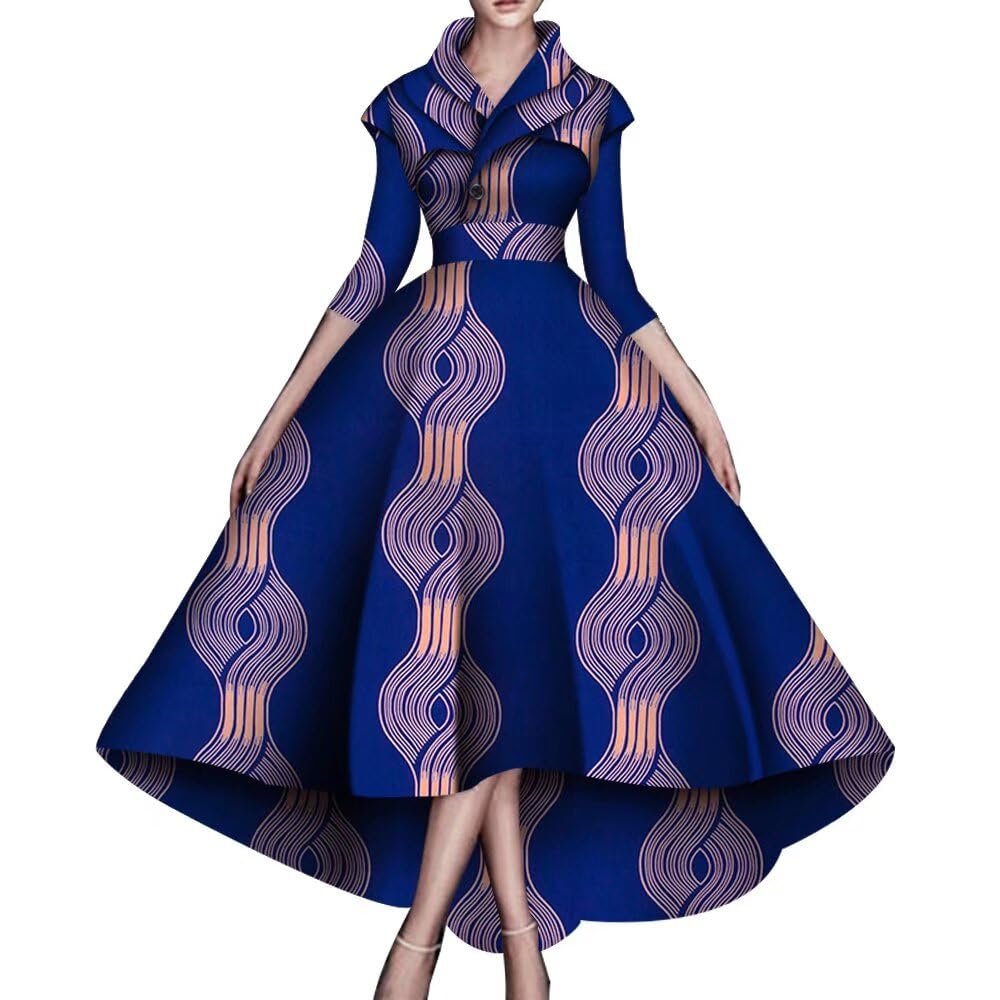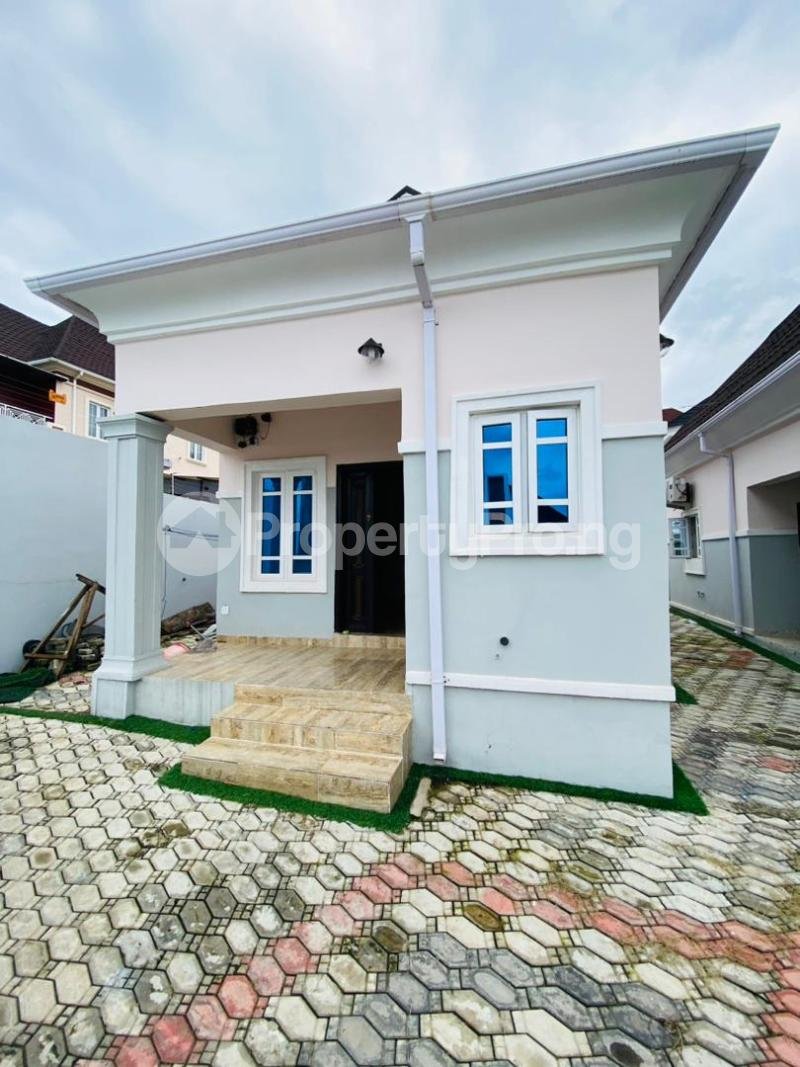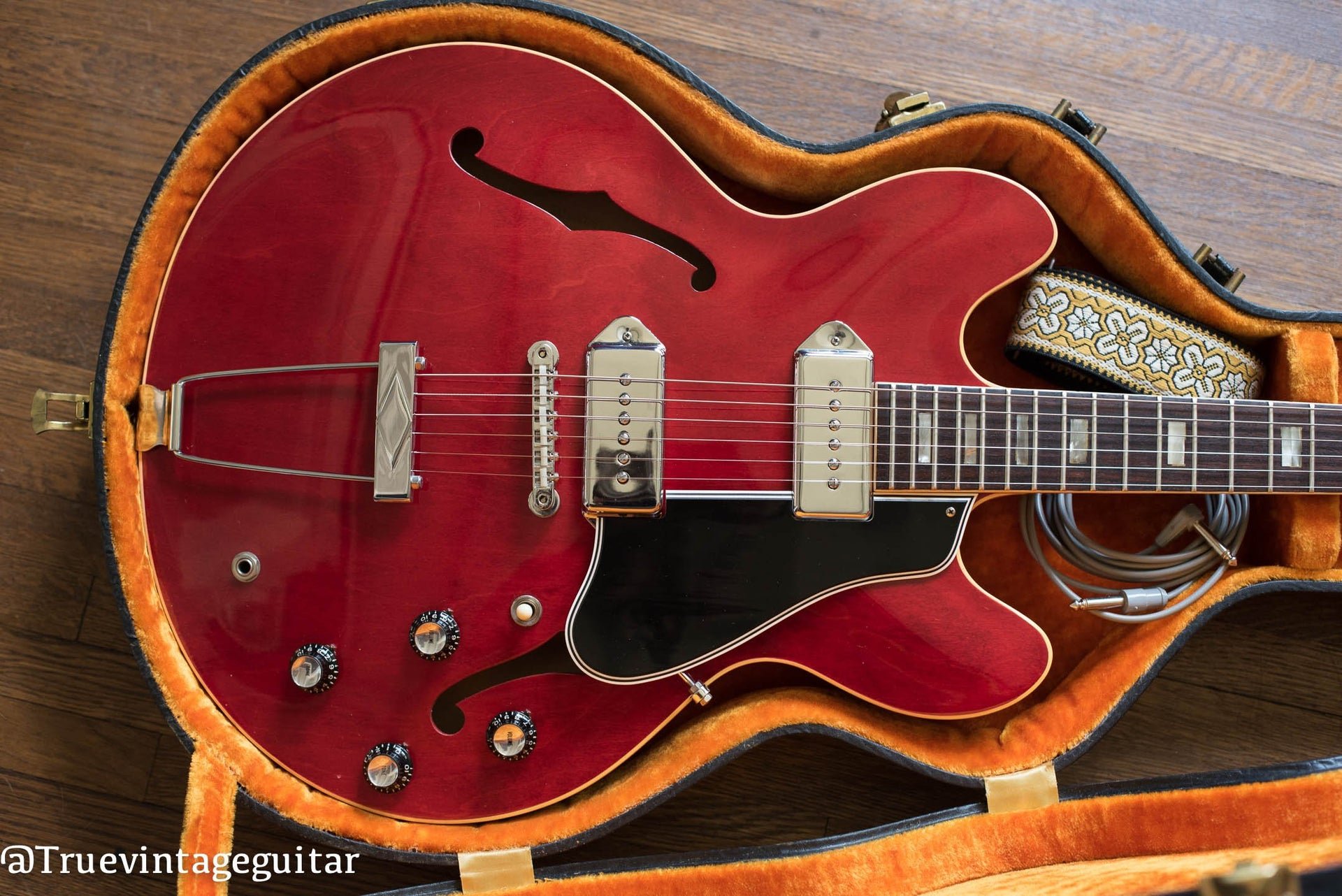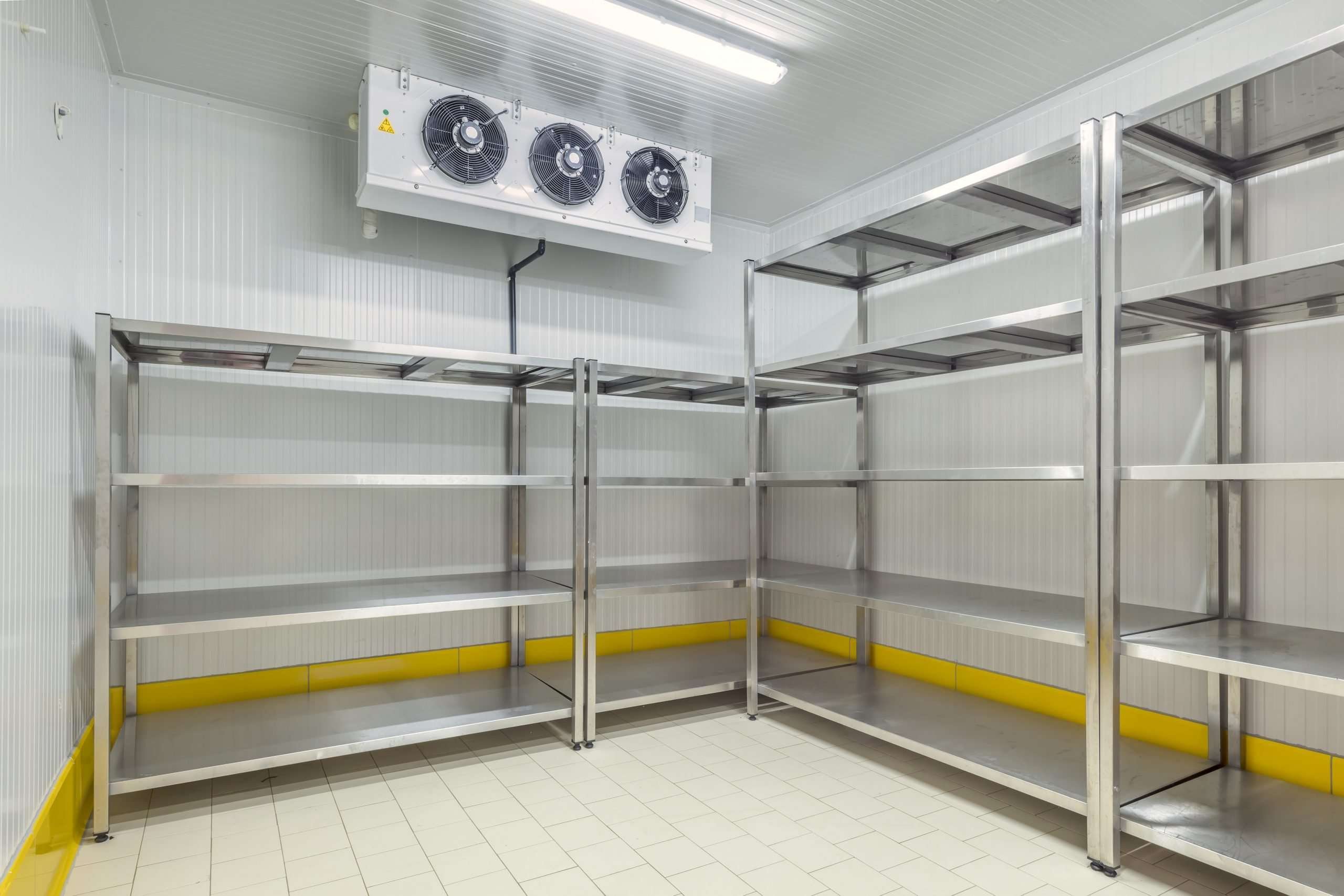
A cold room is not just a storage space; it’s a crucial component for businesses in various industries. Keeping items at the right temperature is essential for preserving freshness and quality. From food and pharmaceuticals to floral arrangements, the cold room plays a vital role in maintaining product integrity. The key lies in understanding how to optimize the cold room for your specific needs, ensuring efficient operation and cost-effectiveness. Join us as we delve into the world of cold rooms and uncover the secrets to maximizing their benefits for your business success.
Exploring the Wonders of a Cold Room
Welcome to a chilling adventure into the world of cold rooms! What exactly is a cold room, you ask? Well, imagine a special room that is kept at a very low temperature to preserve various items such as food, medicines, and even flowers. In this blog, we will delve into the fascinating details of cold rooms and how they work their magic to keep things fresh and cool. So, grab your jacket and let’s dive in!
The Basics of Cold Rooms
Cold rooms are essentially large refrigerated spaces that are designed to store items at specific temperatures. These rooms are commonly used in industries like food storage, healthcare, and floristry. The temperature inside a cold room can be adjusted according to the requirements of the items being stored, ensuring that they remain fresh for longer periods.
How Do Cold Rooms Work?
Now, you might be wondering how a cold room manages to stay, well, cold! It all comes down to some nifty technology. Cold rooms are equipped with refrigeration systems that cool the air inside to the desired temperature. These systems work by removing heat from the air, effectively lowering the temperature within the room.
Additionally, cold rooms are insulated to prevent heat from entering and to maintain a consistent temperature. This insulation helps in keeping the cold air inside while keeping the external temperature at bay.
Applications of Cold Rooms
Cold rooms have a wide range of applications across different industries. Let’s take a closer look at how these cool spaces are used in various fields:
Food Storage
One of the most common uses of cold rooms is in the food industry. Cold rooms are used to store perishable items such as fruits, vegetables, dairy products, and meat. By keeping these items at the right temperature, cold rooms help in preserving their freshness and extending their shelf life.
Healthcare
In the healthcare sector, cold rooms play a crucial role in storing medicines, vaccines, and other medical supplies that require specific temperature conditions. By maintaining the integrity of these items, cold rooms ensure that they remain effective and safe for use.
Floristry
Did you know that flowers need to be stored at a certain temperature to stay fresh? Cold rooms are used in the floristry industry to preserve flowers and prevent them from wilting. By controlling the temperature and humidity levels, cold rooms help in prolonging the lifespan of these delicate beauties.
Benefits of Cold Rooms
Now that we have explored the different applications of cold rooms, let’s discuss some of the key benefits that these chilly spaces offer:
Prolonged Shelf Life
One of the primary benefits of using a cold room is the extended shelf life it provides for various items. By storing products at optimal temperatures, cold rooms help in slowing down the growth of bacteria and other contaminants, thereby keeping the items fresh for longer.
Energy Efficiency
Cold rooms are designed to be energy-efficient, with modern systems incorporating advanced technology to minimize energy consumption. This not only helps in reducing operating costs but also contributes to environmental sustainability by lowering carbon emissions.
Space Optimization
Unlike traditional refrigerators, cold rooms offer ample storage space for large quantities of items. This makes them ideal for businesses that need to store a significant amount of perishable goods in a single location.
Choosing the Right Cold Room
When it comes to selecting a cold room for your specific needs, there are a few factors to consider:
Size and Capacity
Ensure that the cold room you choose has enough space to accommodate the items you plan to store. Consider the volume of products you need to refrigerate and select a room size that fits your requirements.
Temperature Control
Look for a cold room that offers precise temperature control options. Different items require different temperature settings for optimal storage, so having this feature is key to ensuring the freshness and quality of your stored goods.
Energy Efficiency
Opt for a cold room that is equipped with energy-efficient features to minimize electricity consumption. This will not only help in reducing your utility bills but also make your operations more eco-friendly.
And there you have it – a comprehensive guide to the wonderful world of cold rooms! From their functionality to their diverse applications, cold rooms are truly remarkable spaces that play a vital role in preserving freshness and extending the shelf life of various items. So, the next time you step into a chilly room, remember the magic happening behind the scenes to keep things cool and fresh!
Stay frosty, friends!
How to install a cold room?
Frequently Asked Questions
What temperature should a cold room be set to?
A cold room should typically be set to a temperature range of 0 to 5 degrees Celsius for storing perishable items like food, beverages, and pharmaceuticals. This temperature range helps to maintain the freshness and quality of the stored goods.
How often should a cold room be cleaned and maintained?
A cold room should be cleaned and maintained regularly, ideally on a weekly basis. This includes removing any expired or spoiled items, sanitizing surfaces, checking for leaks, and ensuring proper air circulation for efficient cooling.
What are the common signs of a malfunctioning cold room?
Common signs of a malfunctioning cold room include inconsistent temperature levels, excessive frost build-up, unusual noises coming from the cooling unit, and a significant increase in energy consumption. It is important to address these issues promptly to prevent damage to stored items.
Final Thoughts
In conclusion, a cold room is essential for preserving perishable goods efficiently. Proper temperature control ensures food safety and quality. Investing in a well-maintained cold room is crucial for businesses in the food industry looking to minimize waste and maintain product freshness.


